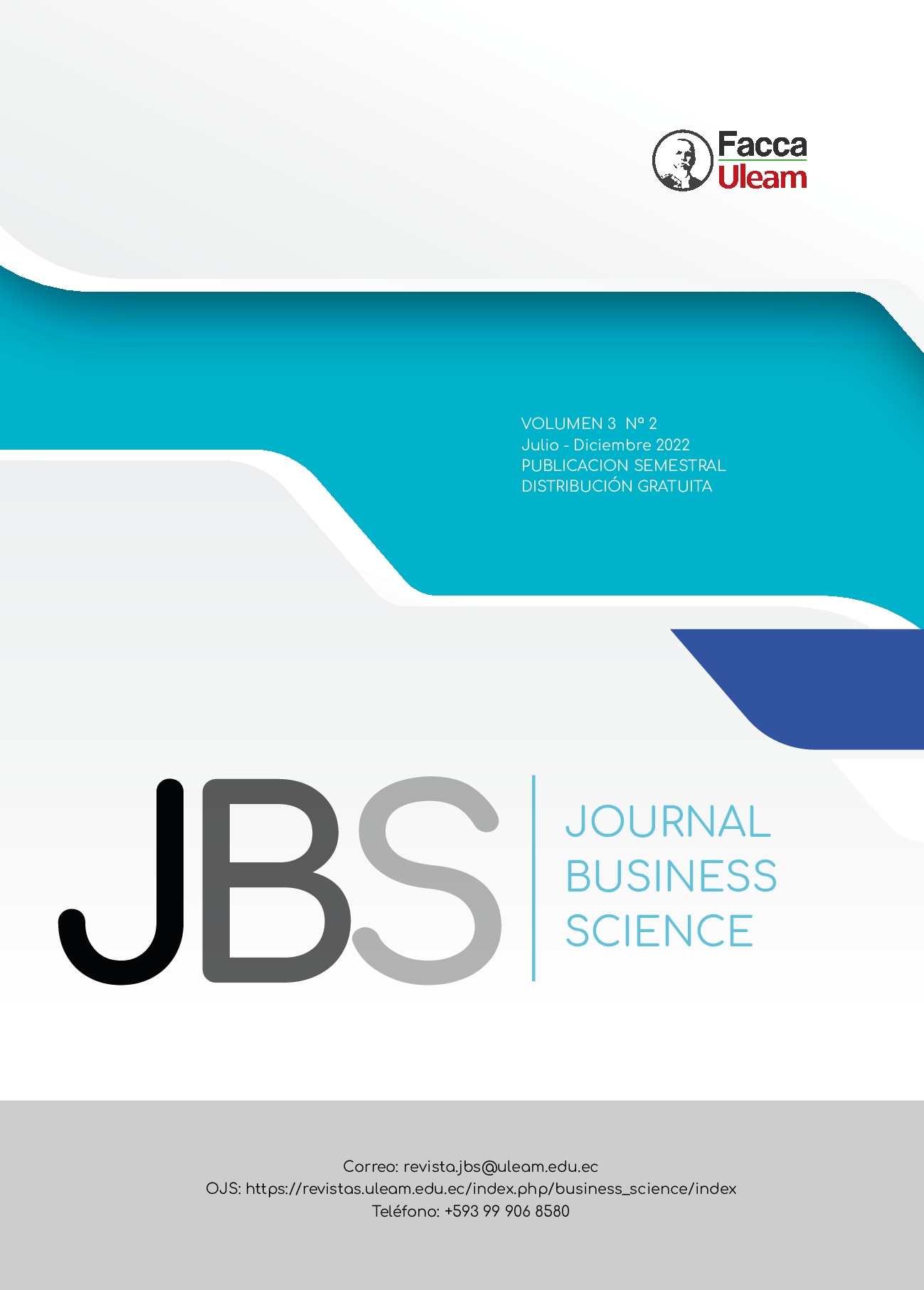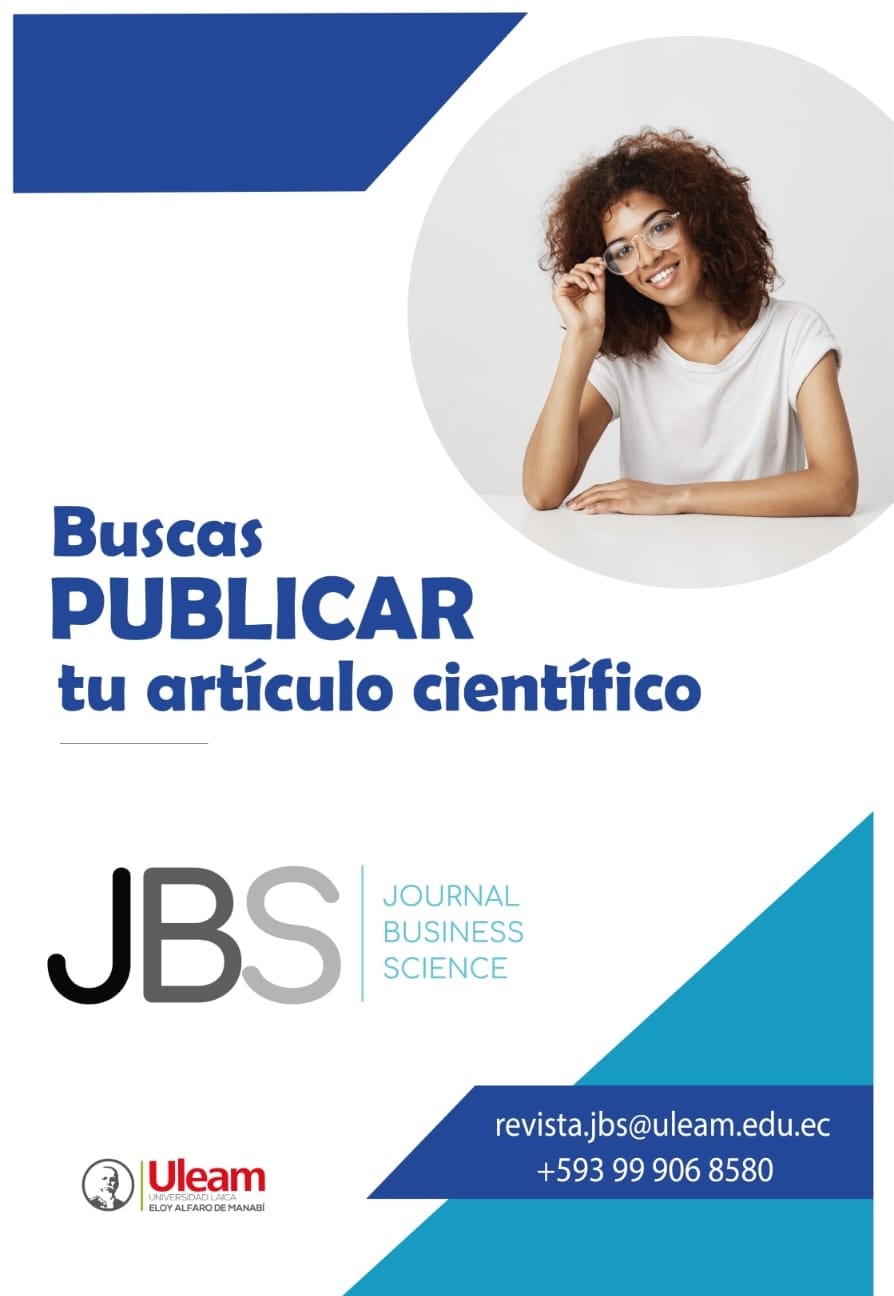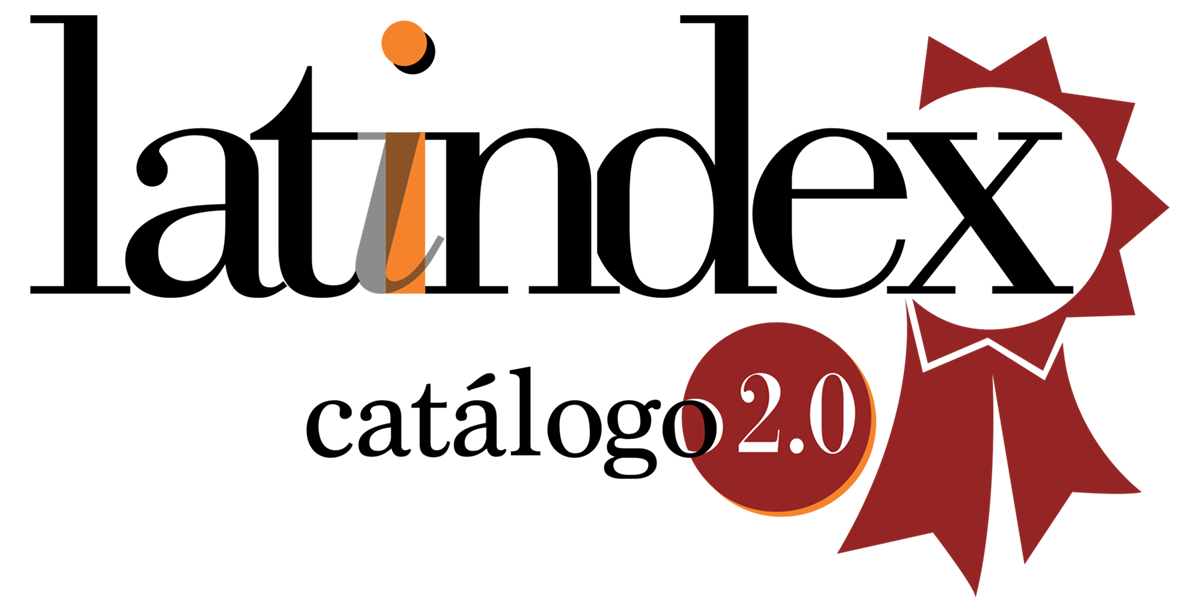Ergonomía: la ciencia de la prevención desde un enfoque integrador
DOI:
https://doi.org/10.56124/jbs.v3i2.0009Palabras clave:
Bienestar, Capital humano, Importancia, Productividad laboral, Satisfacción laboralResumen
Este artículo de revisión describe la Ergonomía como la ciencia de prevención desde un enfoque integrador. Se realizó una búsqueda bibliográfica en bases de datos como Scopus y Web of Science. Antecedentes históricos, evidencian una consideración formal de las interacciones entre el ser humano y su entorno laboral. Con el avance de la sociedad, la Ergonomía fue transformando su enfoque hasta convertirse en la ciencia que aplica el conocimiento científico de las capacidades y limitaciones humanas al diseño de productos, sistemas y entornos para alcanzar el bienestar laboral. Se presenta una descripción de definiciones, antecedentes función e importancia de esta ciencia. Se describen métodos y modelos de ergonomía ambiental. Se esboza el papel de la Ergonomía ante problemas que enfrenta la sociedad moderna. En síntesis, la Ergonomía es una disciplina al servicio de la gestión que busca el bienestar laboral sin discriminar la profesión, es transversal a todo ejercicio profesional.
PALABRAS CLAVE: Bienestar, Capital humano, Importancia, Productividad laboral, Satisfacción laboral.
Descargas
Publicado
Cómo citar
Número
Sección
Licencia
Derechos de autor 2022 Marlene del Rocio Nieto Medranda, Juan César Villacreses Viteri

Esta obra está bajo una licencia internacional Creative Commons Atribución-NoComercial-CompartirIgual 4.0.




















